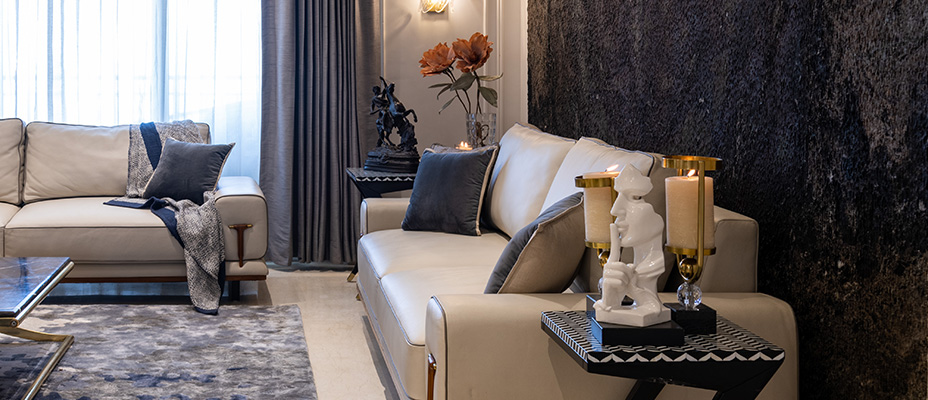Sustainable Interior Design: Suggestions and Best Practises

Sustainable interior design has emerged as a major industry trend as society becomes more aware of the effects of its lifestyle decisions on the environment. As well as making visually beautiful and useful living spaces, it places a strong emphasis on minimising environmental effect. We will discuss sustainable interior design, its significance and some advice and best practises for integrating sustainable practises into your house in this blog.
What is Sustainable Interior Design?
The goal of sustainable interior design, commonly referred to as green interior design, is to lessen the negative effects of the interior environment on both human health and the environment. Utilising eco-friendly items, cutting energy use, and encouraging a healthy interior atmosphere are the main goals of this design concept.
Why is Sustainable Interior Design Important?
For a number of reasons, sustainable interior design is essential. First of all, adopting environmentally friendly materials and consuming less energy helps to lessen the influence our homes have on the environment. Additionally, it encourages the use of safe, environmentally friendly products, which can significantly improve the health and wellbeing of locals.
Tips and Best Practices for Sustainable Interior Design
- Use Eco-Friendly Materials-
One of the key components of sustainable interior design is the selection of sustainable materials. Recyclable, reusable, and recovered materials are excellent choices. A few examples of eco-friendly materials that can be used in interior design include bamboo, cork, and reclaimed wood. Wool, cotton, and linen are examples of sustainable materials.
- Energy Savings-
Another essential component of sustainable interior design is energy efficiency. By selecting energy-efficient appliances and lighting, you may lower your energy usage. You’ll pay less for electricity as a result of this. Utilising natural illumination can also assist in lowering energy consumption. Mirrors next to windows, light-coloured drapes and light-coloured wall paint all help to increase natural light.
- Utilisation of Water-
Water efficiency is a crucial component of sustainable interior design. Installing low-flow showerheads, faucets, and toilets can help you save a lot of water. Fixing faulty pipes and faucets can also contribute to water conservation.
- Reduce Waste-
Waste reduction is a crucial component of sustainable interior design. Making sturdy and long-lasting product choices is one method to do this. Since these goods often last longer, fewer replacements are required. Another option to cut waste is to donate or repurpose items that are no longer needed.
- Indoor Air Quality-
For interior design that is sustainable, indoor air quality is essential. Indoor air quality will be raised by using non-toxic, ecologically friendly products. In order to purify the air, you can also employ natural air purifiers like indoor plants
- Adaptive Sustainable Design-
The final component of sustainable interior design is designing for sustainability. This entails developing a practical layout that maximises open space and natural light. It’s also essential to design an area with appropriate air circulation and ventilation.
In conclusion, environmentally friendly interior design is essential and not just a fad. It encourages environmentally beneficial behaviours that safeguard the environment and enhance the health and wellbeing of locals. We, at Dzign Tales, are committed to producing lovely, useful and environmentally friendly living places because we believe in sustainable interior design.
RECENT BLOGS
- Interior Design for Home Offices: Creating a Productive and Comfortable Workspace
- The Benefits of Working with An Architect for Your Construction Project
- Sustainable Interior Design: Suggestions and Best Practises
- Crafting Dreams into Reality: Dzign Tales - Your Leader in Home Interior Design in Faridabad | Dzign Tales
- Transforming Interiors: The Art of Interior Design by Dzign Tales